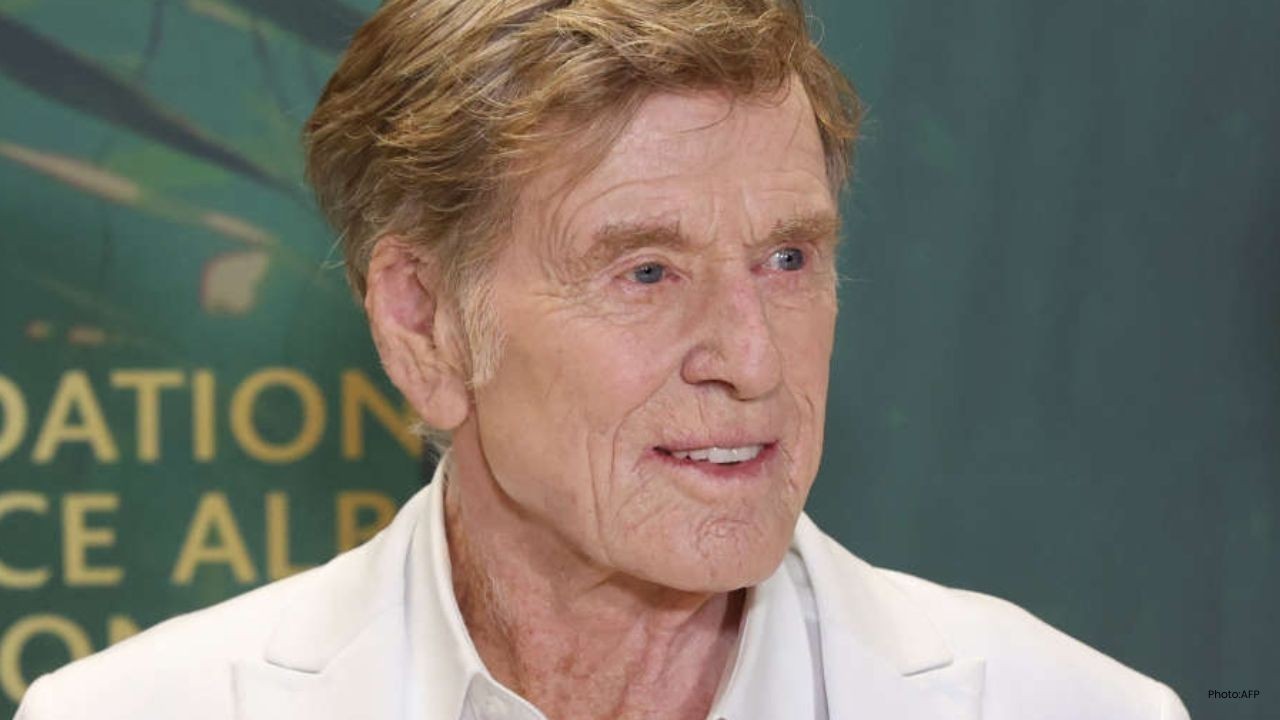The death of Robert Redford at 89 is more than the passing of a movie star; it is the closing of a chapter in American cultural history. Redford was the golden boy who chose to gild others, an actor of immense popularity who used his fame to build a sanctuary for art that otherwise might not have been made. His performances in “The Way We Were,” “Out of Africa,” and “Three Days of the Condor” defined a certain brand of 70s leading man—thoughtful, rugged, and subtly rebellious. But his true masterpiece was the ecosystem he built.

Frustrated by the constraints of the studio system, Redford channeled his clout into creating the Sundance Institute in 1981, followed by his stewardship of the Sundance Film Festival. This wasn’t merely a side project; it was a radical act of curation and belief. Sundance became the North Star for independent voices, a platform that launched the careers of generations of filmmakers and fundamentally shifted the content and aesthetics of mainstream cinema. His own directorial work, from the harrowing family drama “Ordinary People” to the morally complex “Quiz Show,” reflected the same values he championed at Sundance: integrity, authenticity, and a deep respect for the audience’s intelligence.
His personal life, marked by both profound love and profound loss, informed his artistic sensibility. The tragic death of his infant son and, later, his adult son James, from illness, lent a gravity to his work. In his final years, he found peace with his second wife, artist Sibylle Szaggars. Robert Redford’s legacy is dual: the body of work he left as a performer and director, and the vast, thriving community of artists he empowered. He didn’t just make movies; he made a way for movies to be made.


